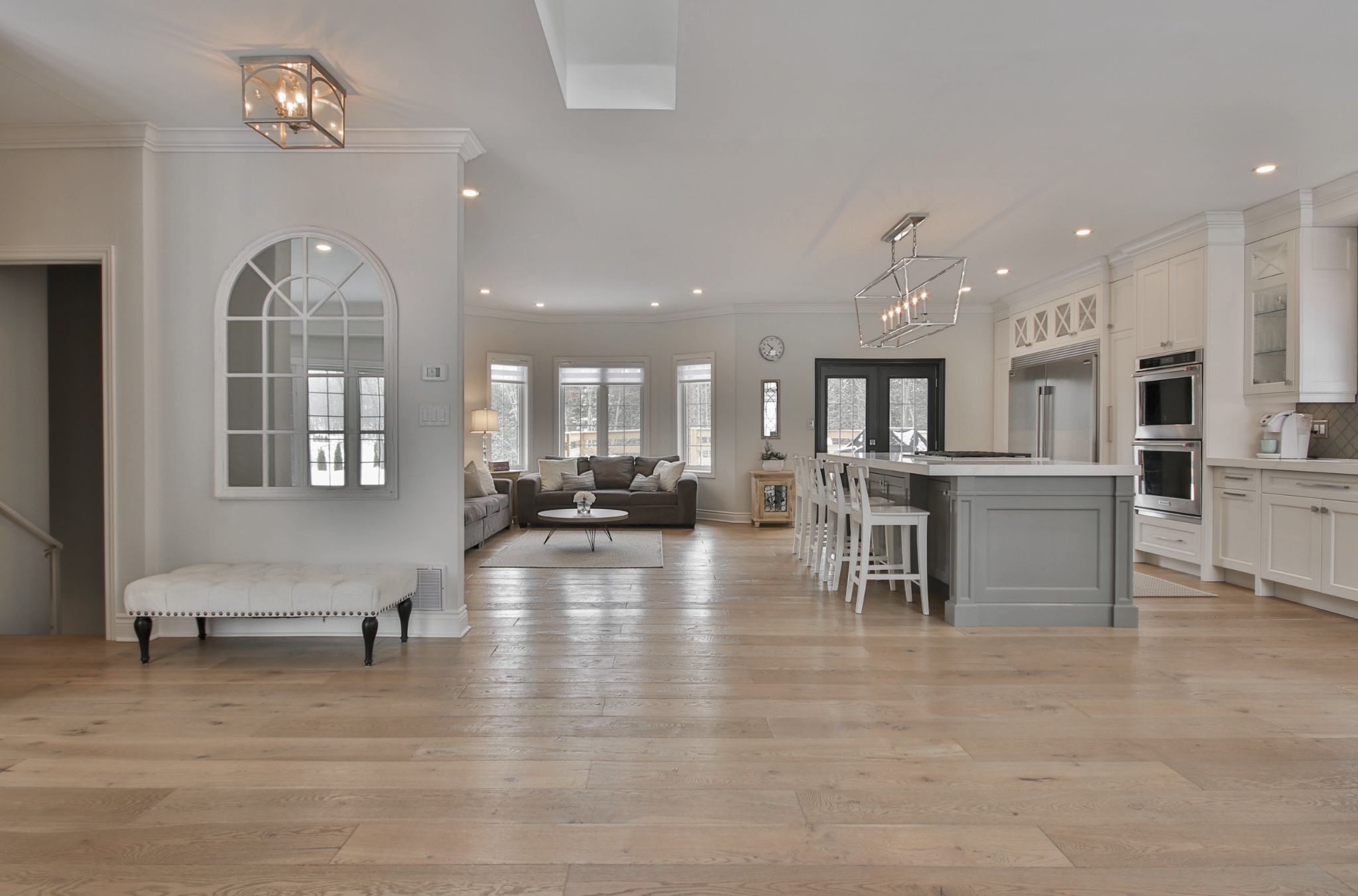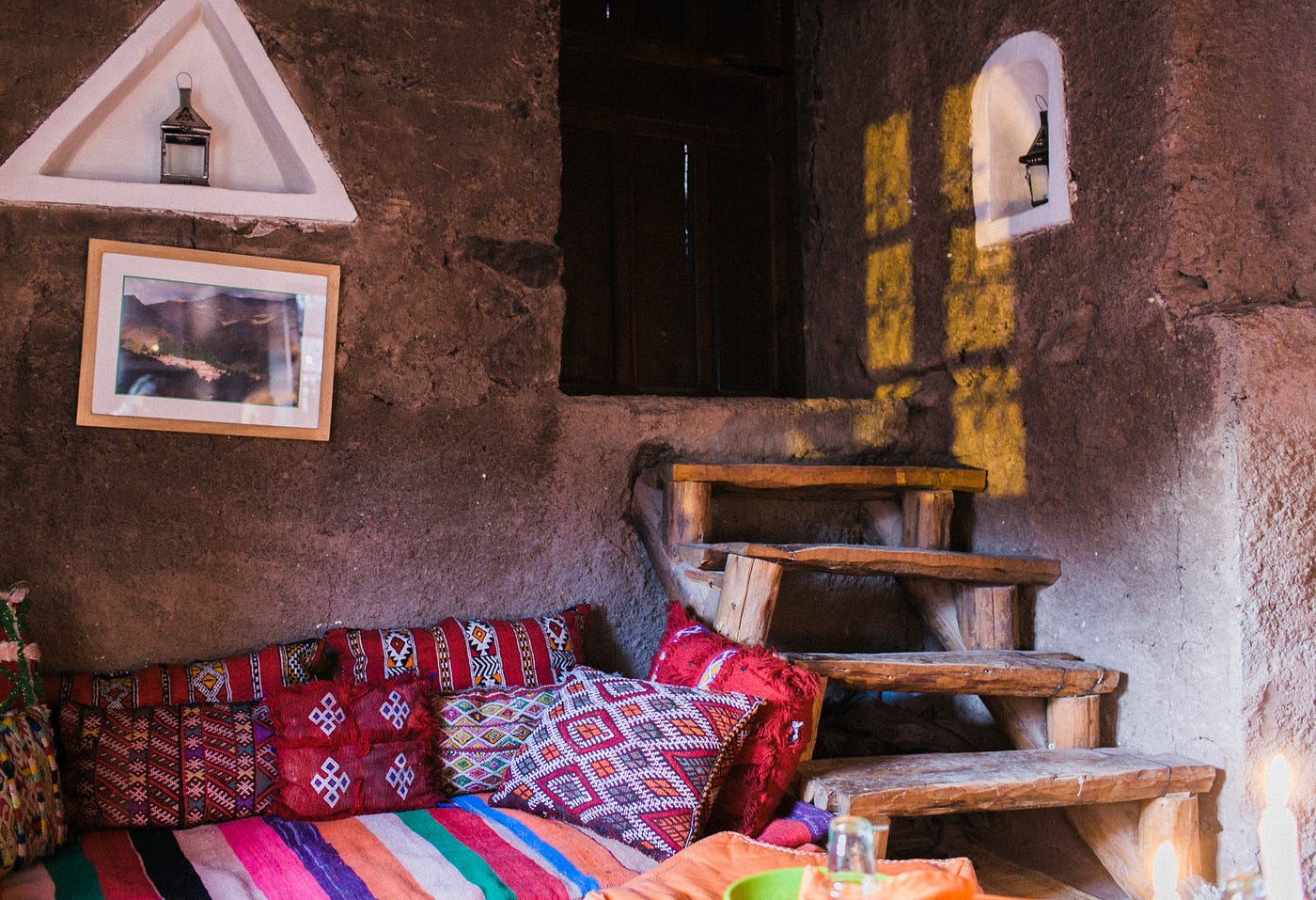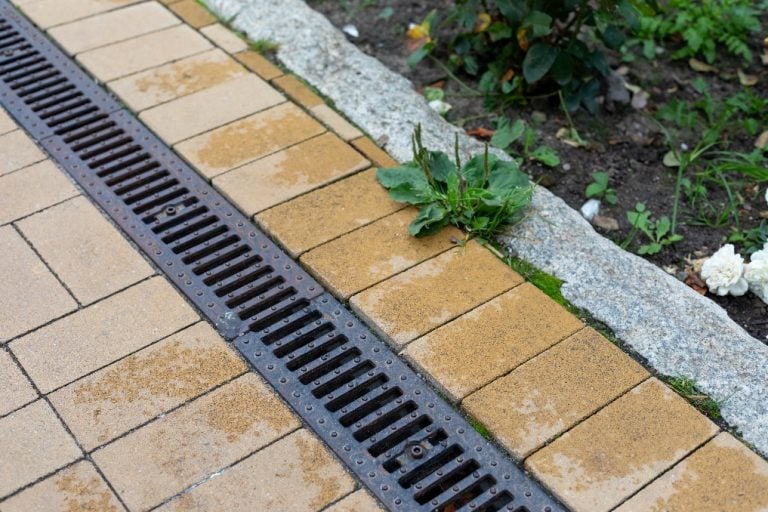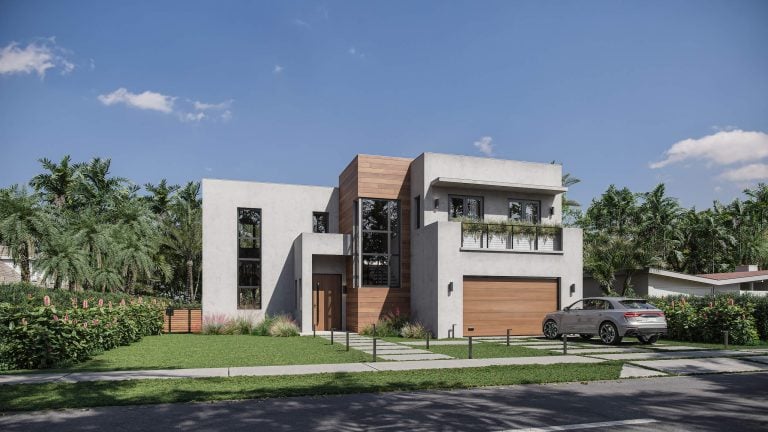Finding the Perfect Floor for Your Home

Table of Contents
Selecting new floors can be an exciting yet daunting process. With so many options to choose from, it’s important to consider your lifestyle, budget, and interior design style. The right floors can elevate the look and feel of any room. Taking the time to research and weigh all your choices will ensure you find durable, beautiful floors that work for your home.
Consider How You Live
Before looking at specific materials, take stock of your daily routines and habits to determine what type of flooring can withstand your lifestyle.
- Do you have pets? Scratches from paws and accidents can damage some surfaces. Opt for hardy materials like stone, tile, or vinyl.
- Is there high foot traffic? Spaces like entryways and hallways need floors that can handle a lot of wear and tear.
- Do you entertain often? Spills and scuffs are inevitable when hosting parties and gatherings. Choose materials that are easy to clean.
- Do you have children or elderly residents? Falling is a risk, so select floors with some traction that aren’t too slippery.
- What climate do you live in? Materials like hardwood can expand and contract with changes in humidity and temperature.
Evaluating your unique needs will help narrow your options.
Set Your Budget
Flooring can range dramatically in pricing from affordable vinyl to high-end exotic woods. Setting realistic expectations and a comfortable budget is key. Less expensive options like carpet, vinyl, and laminate can still offer style and performance if installed properly. Pricier choices like natural stone, hardwood, and tile provide unmatched beauty and durability when cared for.
Don’t just look at upfront material costs either. Factor in labor, shipping, underlayment, subfloor prep, accessories, removal of old floors, and any repairs needed after installation. A professional installer can provide a complete estimate accounting for all these factors.
Complement Your Design Aesthetic
New floors are a great way to update the look and feel of your interior space. When choosing materials, keep your overall design vision in mind.
- Hardwood with smooth, wide planks can create a modern, spacious look
- Distressed hardwood adds rustic character to farmhouse style rooms
- Bold patterned tile creates an energetic, eclectic feel
- Natural stone like French limestone exudes elegance and sophistication
- Rich textures and patterns from carpets feel cozy and warm
- Subtle solid vinyl or laminate provides a clean, contemporary look
- Reflective surfaces like polished concrete can make small rooms seem larger
Don’t be afraid to use different materials in each space, like tile in bathrooms and hardwood in living areas. Your flooring should complete your design rather than compete with it.
Factors to Compare Between Flooring Types
With an idea of your lifestyle, budget, and aesthetic, you can dive into comparing the pros and cons of specific flooring materials.
Hardwood
Hardwood floors never go out of style. Available in natural tones like oak, walnut, ash, and cherry, the rich grains add beautiful character. Hardwood can be left unfinished, oiled, lacquered, or stained to complement any look. Durable and long-lasting, most hardwood has a lifetime in the 25-100 year range with proper care. Considerations include:
Pros: Timeless beauty, value appreciation, variety of colors/grains, durable with care
Cons: Expensive upfront cost, susceptible to moisture/humidity, scratches and dents, requires regular refinishing
Tile
From bold patterns to minimalist stone, tile offers versatility in shape, size, texture, and color. Ceramic and porcelain tiles are very durable, water-resistant, and easy to clean. Options like terra cotta, marble, and granite add natural flair. Carefully grouted and sealed tile can last 50 years or longer. Things to keep in mind:
Pros: Trendy or classic looks, water-resistant, easy maintenance, great durability
Cons: Hard underfoot, grout needs sealing, drops can crack tiles, uneven surfaces possible
Natural Stone
For a refined yet earthy look, natural stone brings elegance. Materials like marble, travertine, limestone, slate, and granite feel distinctly luxurious. Stone has immense durability when properly sealed and maintained. Old world french limestone offers character through color variations, pits, and fossils. Considerations for stone include:
Pros: Timeless beauty, variety of natural patterns/colors, incredible longevity
Cons: Expensive, can stain/etch, needs resealing, uneven surfaces
Laminate
A budget-friendly alternative to wood or tile, laminate floors offer the look without the higher price tag. An image layer topped by a wear layer creates realistic wood or stone designs. Easy floating installation and planks make laminate a versatile DIY option. Keep in mind:
Pros: Affordable, easy install, wide variety of styles, durable surface
Cons: Not water resistant, can scratch/warp, lacks natural appeal
Luxury Vinyl
For waterproof floors that mimic wood or tile aesthetics, luxury vinyl is a top choice. Innovations in printing and texturing allow for stunning realism. Vinyl is comfortable, kid and pet-friendly, and suitable for bathrooms, kitchens, and basements prone to moisture. Things to note:
Pros: Waterproof, cost-effective, easy install, mimics natural materials
Cons: Less durable than natural materials, off-gassing possible, limited resale value
Carpet
Nothing feels as soft and warm underfoot as wall-to-wall carpeting. Plush carpet helps reduce noise and adds cozy comfort to bedrooms, living spaces, and kids’ rooms. Regular vacuuming and scheduled steam cleaning will keep carpets looking fresh. But carpets do require more maintenance.
Pros: Soft, insulation, noise reduction, versatile styles
Cons: Stains easily, holds allergens/dust, needs frequent cleaning
Taking time to research the pros and cons will pay off in finding flooring that works with your lifestyle and design aesthetic. Visit showrooms to see swatches of various materials and styles. And don’t forget to ask about warranties, maintenance, hidden costs, and the possibility of free samples to try out.
Professional Installation for Best Results
Budgeting for professional installation is highly recommended for any new flooring. An experienced installer has the skills, tools, and techniques to prep the subfloor, accurately cut materials properly, account for transitions between rooms, and handle all finishing details. This will help your floors last longer and look their absolute best.
For DIYers installing products like vinyl, laminate, or engineered hardwood, following all manufacturer’s instructions precisely is a must. Any mistakes or shortcuts could lead to damage or shortened floor life. And be sure you have the necessary tools and physical capability for a large installation project.
Enjoy Your Beautiful New Floors.
The entire process of selecting, purchasing, and installing new floors requires time and careful thought. But the payoff is worth it. You’ll enjoy the upgraded look, increased home value, and performance benefits of new floors for years to come.






